The new version of djay Pro, 5.4, has just launched, and it brings a load of new features across both desktop and mobile. There are some new hardware integrations, much-requested changes to performance features and some general quality-of-life improvements that make djay an even more powerful option.
Let’s take a look at everything new.
More Power with Cues and Loops
Cue points have been seriously overhauled and upgraded in this new version of djay. One of the most-requested features that’s arrived is that you can now set up to 16 hot cues per deck. These are split into two banks of 8. You’ve now also got 16 unique cue colours to choose from.
Also introduced are Cue Loops, which are saved loops that are triggered just like hot cues. Hit the pad, and the track will jump to the cue point and loop that section instantly. You can also set djay to automatically launch the first saved loop or cue loop as soon as a track is loaded. And now, if you hit loop out without defining a loop in point, djay will start the loop from your current cue point.
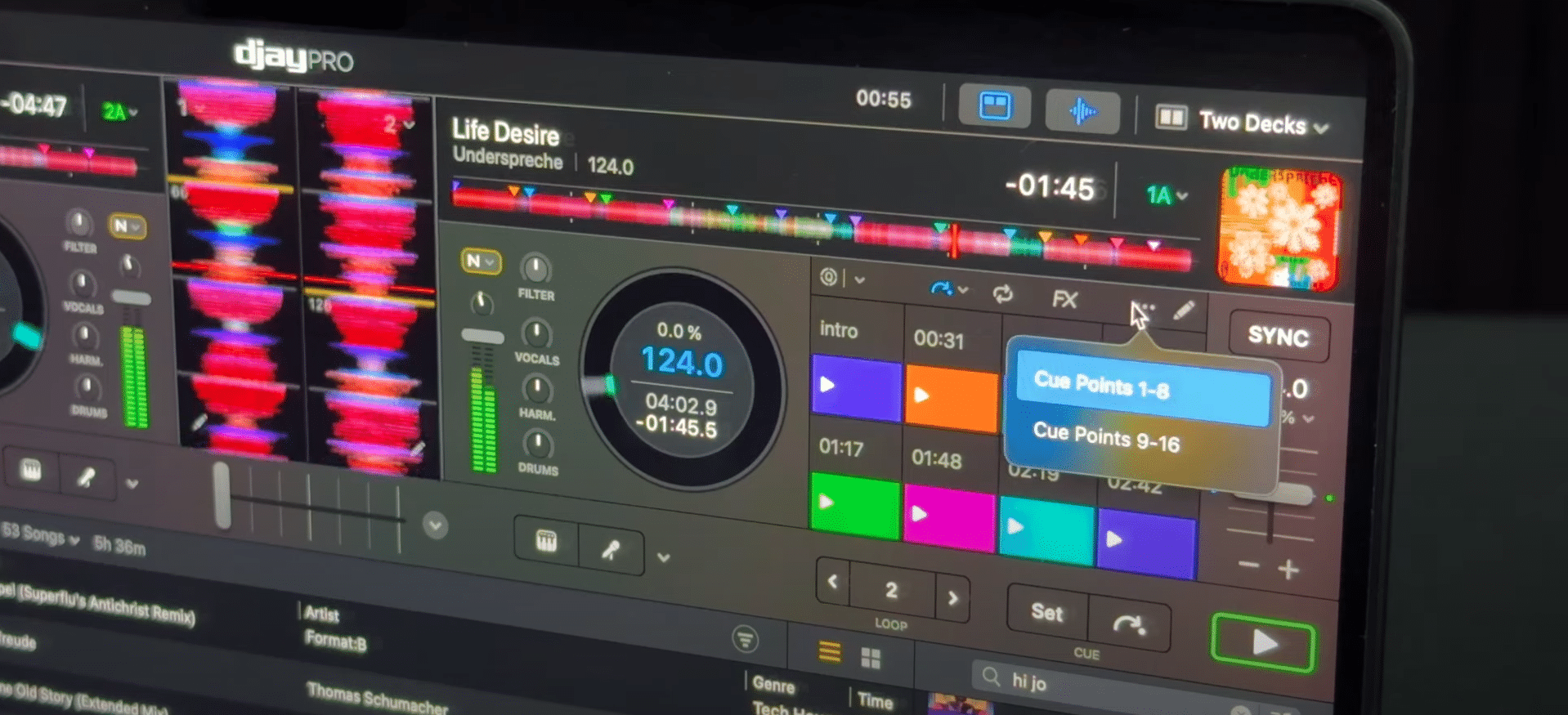
DDJ-FLX10 Integration
The Pioneer FLX10 is now fully supported in djay Pro, including adding on-jog displays on Mac and Windows. This means your waveforms, cue points, BPM and track details will show directly on the jog wheels, just like they would in rekordbox or Serato.
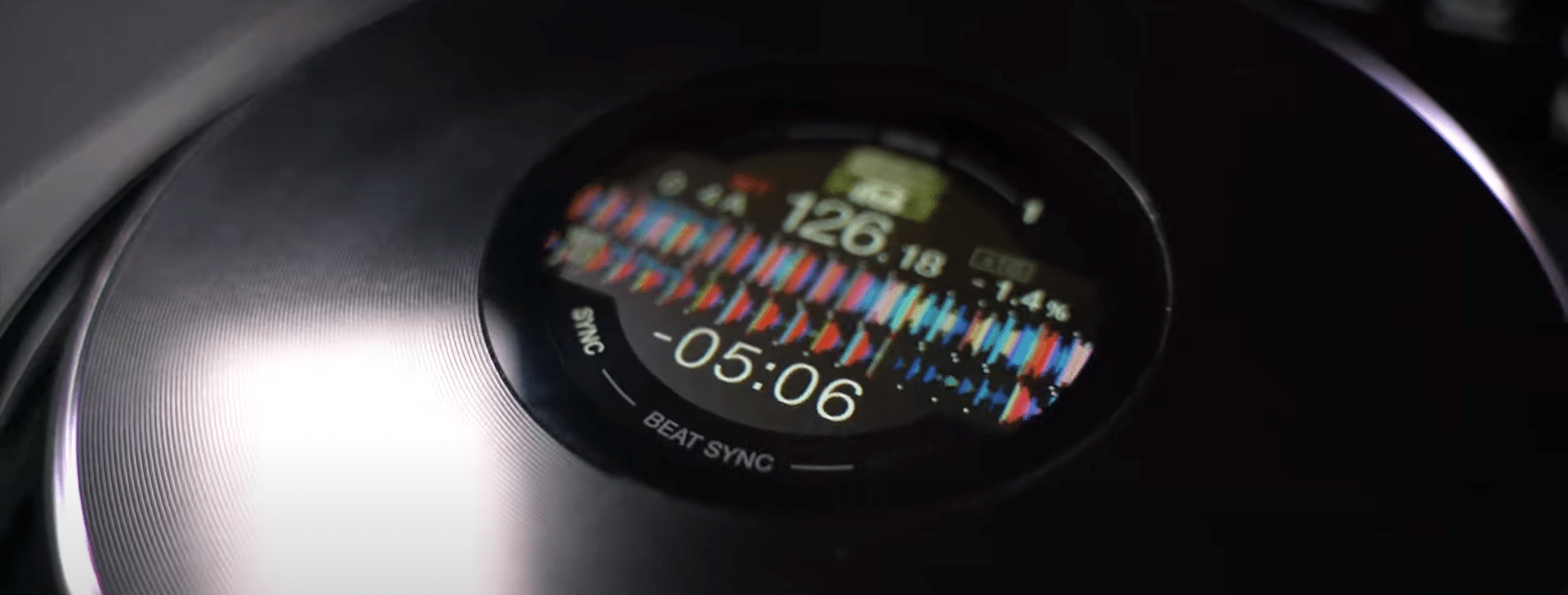
External Apps Integration on Desktop
This is a really huge new development, as on desktop, there’s now a brand new External Apps source in the media library. This lets you access playlists, cue points and loops from other DJ software, all directly within djay Pro. That means that if you’ve spent ages building up a library in Serato, Traktor or rekordbox, you can bring it all over with all the info intact, making switching over (or using both platforms) much more straightforward.
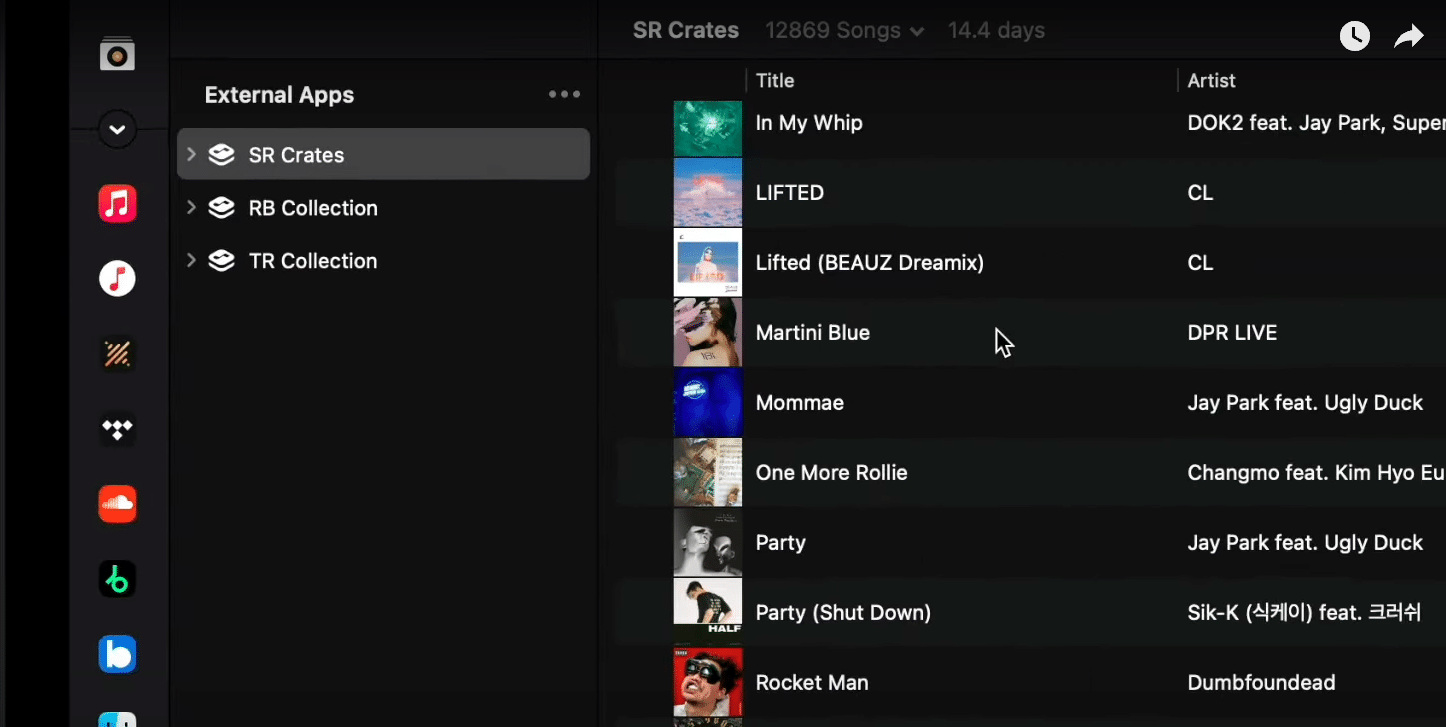
Neural Mix Crossfaders for Android
Neural Mix, which is one of djay’s standout creative features, just got more accessible and powerful on Android. Now, you get dedicated Neural Mix crossfaders on mobile. These work in a similar way to other smart faders in that they let you transition between tracks, but they just let you blend the individual elements from one to the other. You can find this in the mixer panel drop-down, alongside options for EQ and Neural Mix EQ.
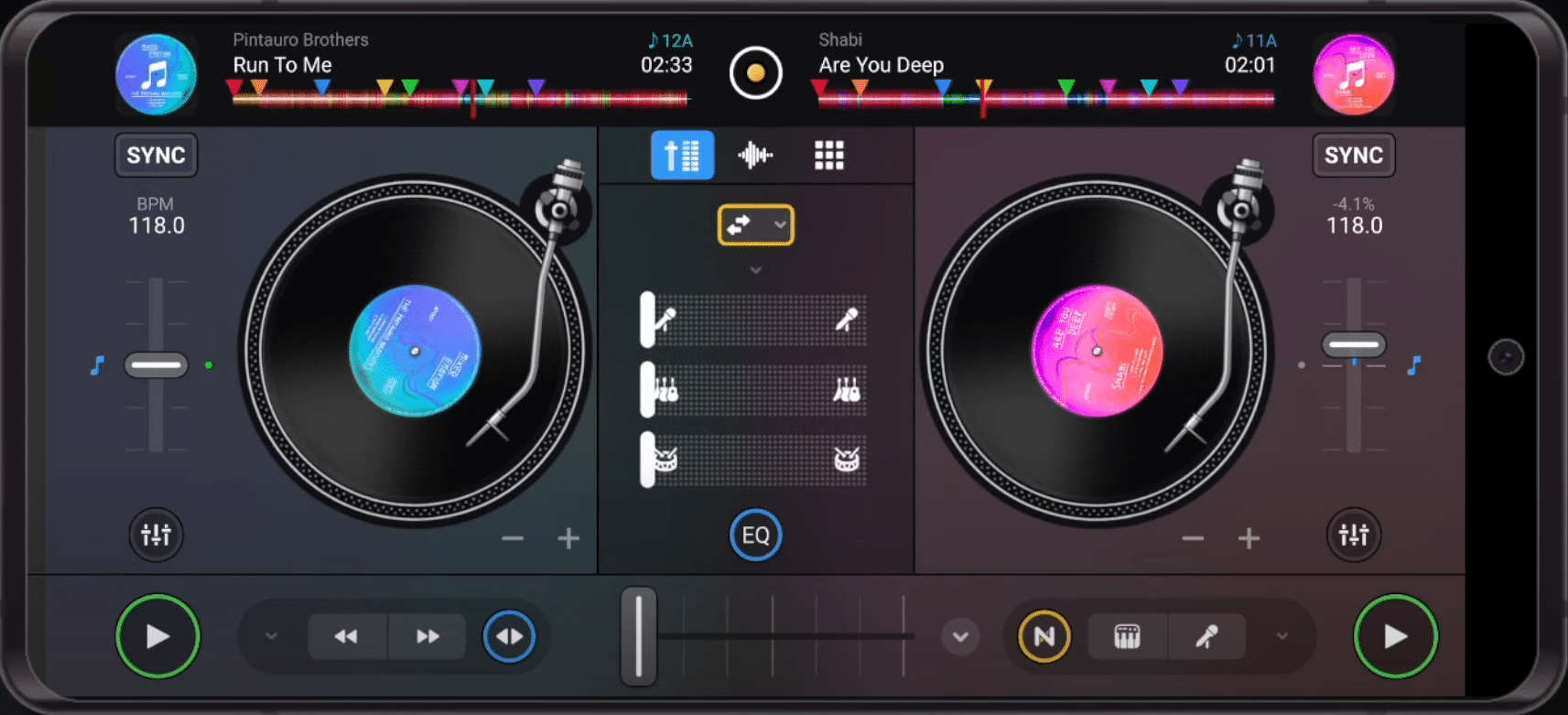
Light Mode
Another big visual update in 5.4 is the addition of a new light mode for Android and Windows. This is always a nice option to have and makes it much easier to see in bright environments like outdoor gigs.
Pixel Fold Support
Google’s Pixel Fold is now fully supported in djay, with an adaptive UI that switches between single deck, dual deck and waveform layouts based on whether or not your phone’s folded.
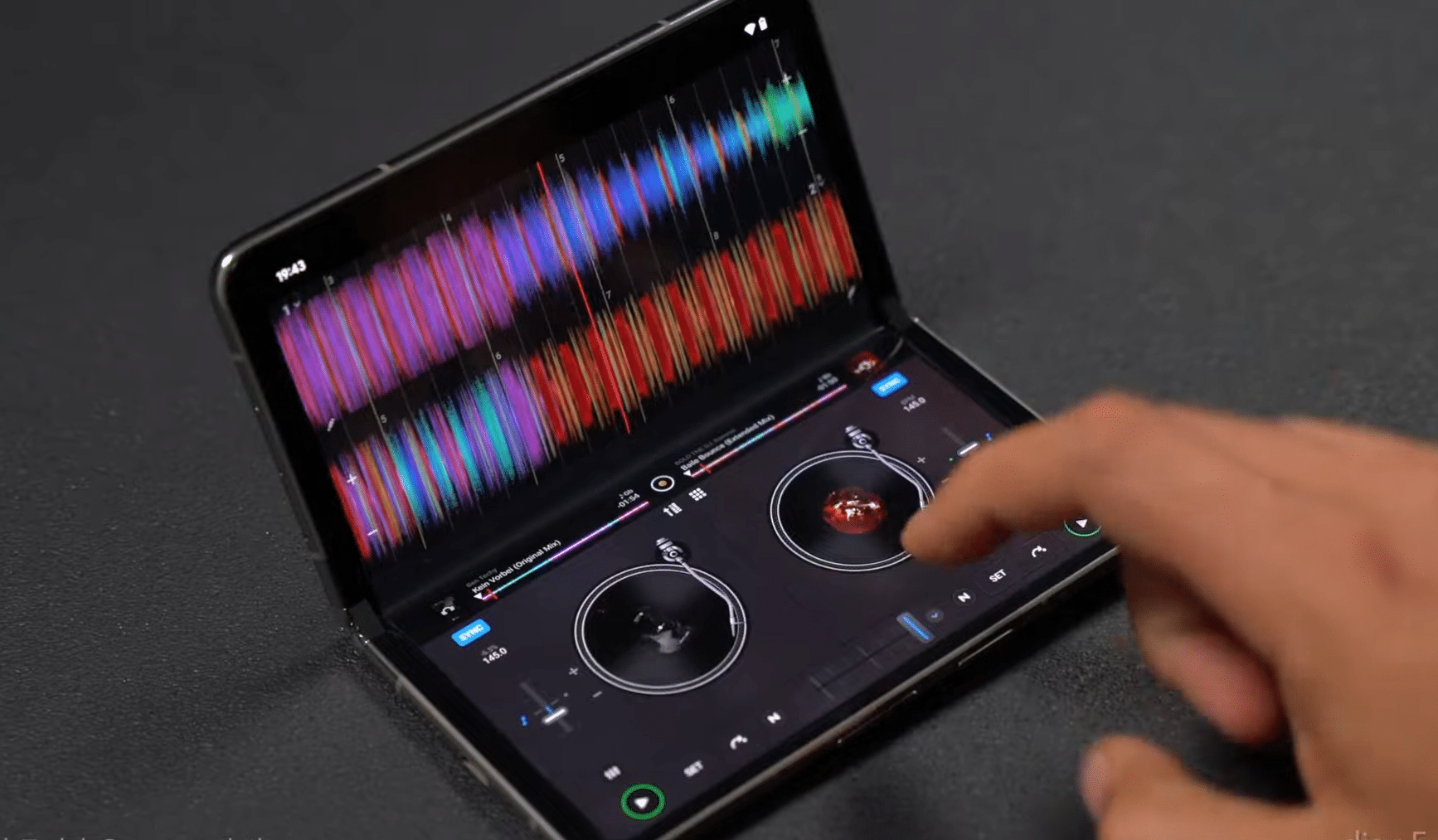
Smoother Browsing & Track Loading
Library handling has also been improved in a few key areas. When you double-click a track on Mac or Windows, it will now automatically load onto an empty deck. That’s great to avoid those nightmare moments of accidentally loading onto the wrong deck.
Also, when you’re browsing your library, djay now remembers your scroll position as you move between playlists, so you won’t lose your place. And when you use options like “Add to Playlist” or “Show in Playlist,” it highlights which playlist you’re working in.
Learn to Mix with djay
If this new version of djay has you curious to learn how to use it, we’ve got you covered with a complete course that takes you through everything you need to know to get mixing. Even if you’re a complete beginner, we’ll take you step by step through the setup and skills to start DJing on djay, whether you’re on desktop or mobile.
To get a taste of things, we’ve got a free sneak peek lesson taken directly from the course that you can check out below.




